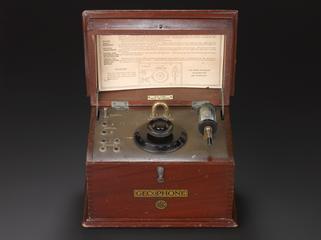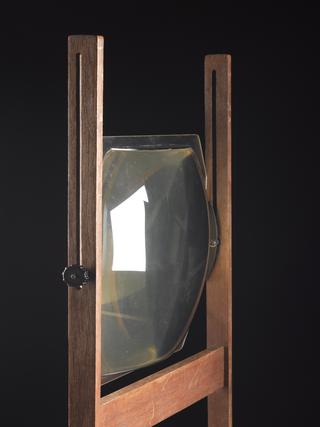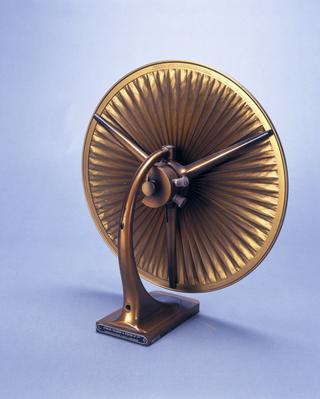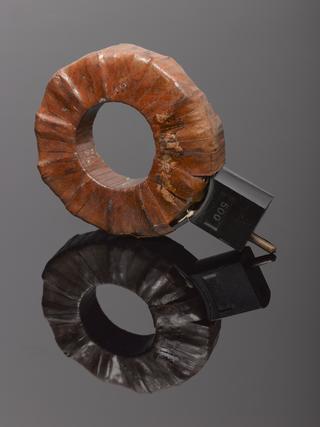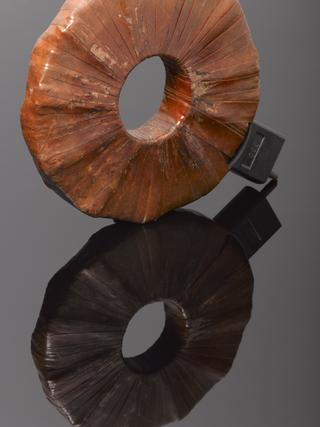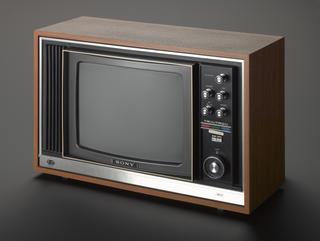
Syntonic Leyden jars, 1880-1889
- Made:
- 1880-1889 in United Kingdom






Two syntonic Leyden jars, unknown maker, Germany, 1880-1889. Possibly the actual ones used by Oliver Lodge in March 1889 at the Royal Institution to demonstrate resonance in adjacent circuits when at the same frequency.
At a lecture at the Royal Institution in March 1889, Oliver Lodge used two Leyden jars to demonstrate resonance, or vibration, in adjacent circuits when at the same frequency. A Leyden jar is a device that 'stores' static electricity between two electrodes on the inside and outside of the jar, which is an insulator or 'dielectric'. Lodge demonstrated that when a Leyden jar was discharged near a similar jar, sparks occurred across a small air gap when the circuits resonated at the same frequency. If the slider adjustment on the second jar was moved to a different position it failed to resonate. Lodge patented the idea in 1897 and it became the fundamental patent for tuning.
Details
- Category:
- Radio Communication
- Object Number:
- 1942-34
- Materials:
- metal (unknown) and glass
- Measurements:
-
overall (all parts): 300 mm x 150 mm, 4.9 kg
- type:
- leyden jar
- credit:
- Donated by E. E. and T. H. Robinson
